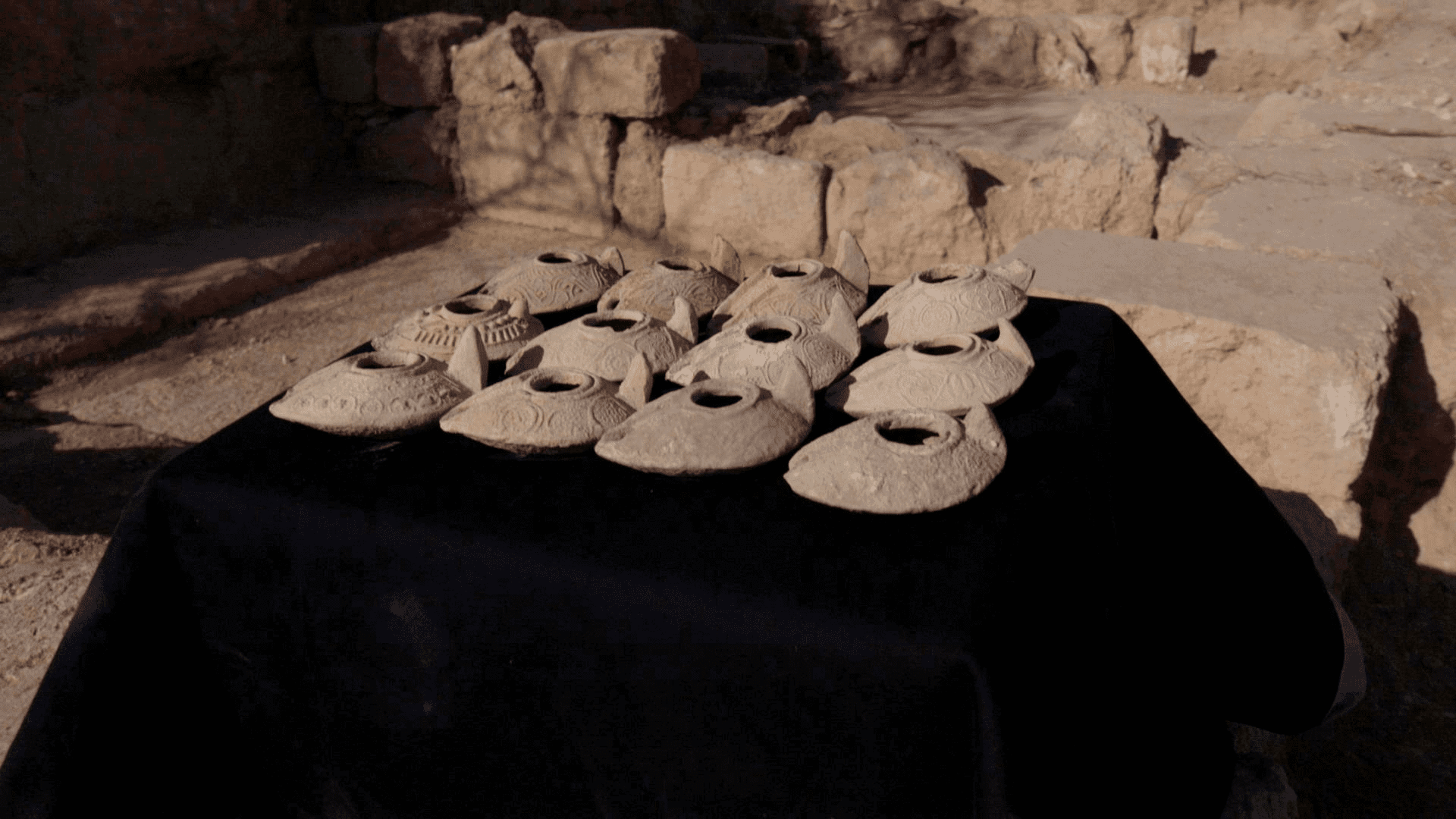Archaeological work in the region of Tal Lachish in Israel has revealed an extraordinary complex surrounding an equally extraordinary tomb. The cave dates back to 2,000 years ago, to the Second Temple Period, but it was in use for several centuries afterward – not as a tomb, but as a holy site. It was identified as the resting place of Salome, the non-canonical midwife of Mary.
Even if you’re familiar with Christianity, you might be excused for not knowing who this woman was. She doesn’t appear in the four canonical gospels approved by the Western Churches, but in the apocryphal gospel of James, which covers the upbringing and marriage of Mary to Joseph, the miraculous conception of the Virgin Mary, the couple’s journey to Bethlehem, the birth of Jesus, and events that followed.
The gospel talks about Salome and her not believing that Mary was actually a virgin. This lack of faith caused Salome’s hand to dry up, and then she touched the cradle of Jesus and was healed. This gospel was first condemned by Pope Innocent I in 405 CE and fully rejected by the Gelasian Decree around 500 CE. The gospel of James, which was not written by an eyewitness of the events just like all the canonical gospels, still remained popular even after its official rejection by Western Churches. The idea that Mary’s mother was called Anne comes from this gospel.
Lamps found in the ancient shops. Image credit: Emil Aladjem, Israel Antiquities Authority
The researchers suggest that in the cave, among the people buried there, there was someone called Salome, a fairly common name. And around that ancient finding, the worship of the site grew, even after the rejection by the Church and under periods of Byzantine and Islamic rule. Shops dating back to the ninth century CE were likely used to sell and rent oil lamps that pilgrims could use to descend into the tomb.
“In the shop, we found hundreds of complete and broken lamps dating from the 8th–9th centuries CE,” Nir Shimshon-Paran and Zvi Firer, excavation directors in the Israel Antiquities Authority Southern Region, said in a statement seen by IFLScience. “The lamps may have served to light up the cave, or as part of the religious ceremonies, similarly to candles distributed today at the graves of righteous figures, and in churches.”
The more ancient part of the site includes the cave, which has several chambers called kokhim (burial niches) carved in the rocks as well as broken ossuaries (stone boxes). These are typical Jewish burial customs. The forecourt is an area of 350 square meters (3,767 square feet) with ashlar stone walls, stone labs, and mosaic floors. The area was adapted into a Christian chapel with many inscriptions from the Byzantine and Early Islamic periods, making it clear that the chapel was dedicated to the sacred Salome.
A carving in the cave in Greek mentioning the sacred Salome. Image credit: Emil Aladjem, Israel Antiquities Authority
“Salome is a mysterious figure,” say the researchers. “The family tomb attests that its owners were a family of high status in the Judean Shefelah in the Second Temple period. The cult of Salome, sanctified in Christianity, belongs to a broader phenomenon, whereby the fifth-century CE Christian pilgrims encountered and sanctified Jewish sites. The name Salome may possibly have appeared in antiquity on one of the (no-longer extant) ossuaries in the tomb, and the tradition identifying the site with Salome the midwife developed, the cave becoming venerated by Christianity.”
Once the restoration and development works of the site are finished, the site will be open to the public to visit.
Source Link: New Excavations of ‘Tomb of Salome’, Jesus's Midwife Rejected By Western Churches
